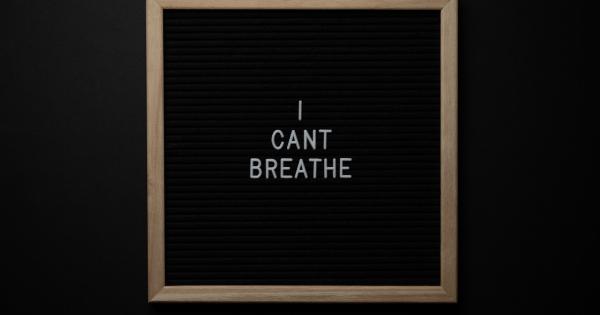It is essential to recognize the difference between actual hunger and a feeling of wanting to eat because of social or emotional cues. Understanding these differences can lead to a healthier lifestyle, better eating habits, and weight management.
What is Hunger?
Hunger is a physiological need for energy, and it is your body’s way of signaling that it needs fuel. You may experience hunger as a dull ache or strong rumble in your stomach.
Hunger pangs typically are associated with slow grumbling noises in the body, and the feeling builds gradually over time. As time passes without food, you may start to feel lightheaded, weak, and irritable. Your body is telling you that it needs energy and that it is time to eat.
What is Little?
Little is not hunger. This term refers to a slightly different feeling in your stomach that can make you feel hungry even if you have recently eaten. Little is a sense of wanting to eat when you don’t have an empty stomach.
There’s a difference between being physically hungry and having Little, which is an emotional or social urge to eat. Little is often activated through food advertisements or when you see or smell something delicious. It can also arise due to feelings of boredom, stress, or comfort.
How to differentiate between Hunger and Little?
The way to determine if you are experiencing hunger or Little is to pay attention to your body’s signals. For example, if you’ve recently eaten, and you still feel like eating something, it may be Little.
However, if you notice a growling hunger pain or an empty sensation in your stomach, it’s a sign of genuine hunger.
What happens when we eat when we are not hungry?
Eating when you’re not hungry can lead to the consumption of extra calories and potential weight gain.
When we eat to satisfy our social or emotional needs and not due to actual hunger, we are likely to consume too many calories, leading to weight gain over time. Additionally, if you eat too close to bedtime, it can interfere with your sleep and digestion.
How to manage Little?
If you find that you eat when you are not hungry, try to identify the cause of your Little. If it is due to a specific emotion or situation, try developing healthier coping mechanisms, such as exercise, meditation, or talking with a friend or therapist.
If your environment triggers Little, try to reduce your exposure to those situations, such as avoiding fast-food restaurants or keeping unhealthy snacks out of reach. If you’re experiencing Little due to boredom, try engaging in a new hobby or finding an activity that can inspire you.
Healthy Eating Habits
Developing healthy eating habits can help you differentiate between hunger and Little. Try to pay attention to your body’s hunger signals and learn when to eat and when to stop. Additionally, always keep nutritious foods readily available.
Consuming foods high in fiber and protein will help you feel fuller for longer and keep you from experiencing Little. Eating healthy, balanced meals can also help keep your blood sugar levels steady and prevent sudden cravings.
Finally, remember to keep a regular eating routine and avoid skipping meals, as it may lead to heightened cravings, Little, and overeating later in the day.
Conclusion
Understanding the difference between hunger and Little is essential for maintaining a healthy lifestyle. Unlike hunger, which is a physiological response, Little is an emotional or social urge to eat.
Eating when you’re experiencing Little can lead to unnecessary calorie intake and potential weight gain. Developing healthy eating habits and managing Little through positive coping mechanisms and keeping nutritious foods handy can help you recognize your body’s signals and maintain a healthy weight.






























